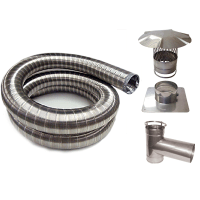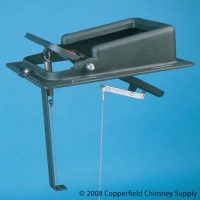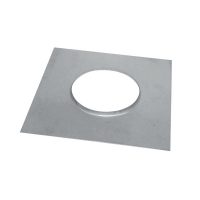There are many things to take into consideration when using wood burning and pellet burning stoves. It is important to know what types of fuel your particular type of burning stove can use and what cannot be used safely. A stove user will also want to be aware of why their particular burning stove uses certain materials to burn.
Regular wood burning stoves are vented by way of a chimney. They do not burn as hot as pellet and corn burning stoves and so are not as efficient. It should be noted here that wood burning stoves are not made to burn with the same intensity that pellet and corn burning stoves do.
Wood burning stoves work on the principle of radiant heat coming directly off the stove. This is very different from the workings of pellet and corn burning stoves. These stoves provide heat by having an electric motor blow the heat produced by the burning pellets into the room the stove is in much the same way a furnace would blow heat through ductwork. The fumes from pellet- and corn-burning stoves are typically vented directly through an exterior wall to the outside.
Wood pellets and corn are not necessarily interchangeable as a source of fuel in a pellet-burning stove. One should check a manufacturer’s recommendations before exchanging one fuel source for the other. It is also possible that using the wrong fuel source will void a manufacturer’s warranty if you have a problem with your stove down the road. Do your homework when shopping for a pellet-burning stove. Know ahead of time if the stove you want will burn your preferred fuel source and also know ahead of time if your preferred burning fuel is readily available in your area. There are stoves on the market that are produced to burn both corn and pellets, either separately or as a blend, while most are ideally produced for one or the other.
Purchase a Chimney Liner for a Pellet Stove
You need to know that wood burning stoves are not made to burn corn or pellets and that wood and pellet burning stoves heat your home based on different principles. Wood pellets and corn may or may not be suitable to burn in the same stove. You should know what the stove manufacturer’s recommendations are before purchasing a stove or before using any type of fuel in it.
About the Author: Win Paulson is the editor of www.FlexFuel-Info.com where you’ll find numerous articles on flexible fuels and renewable energy sources.






